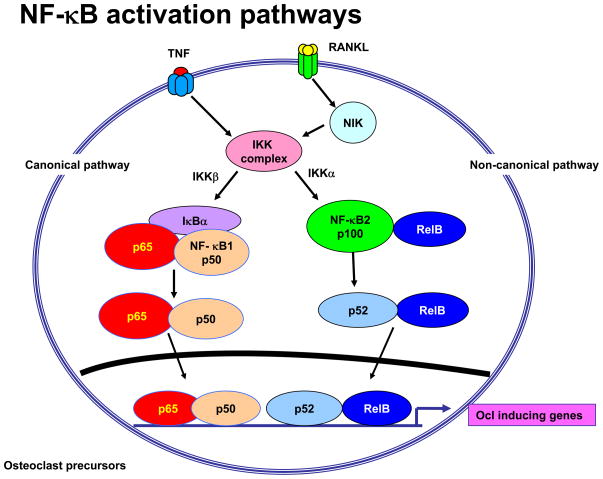Figure 1. Canonical and Non-canonical NF-κB signaling induced by TNF and RANKL.
Both TNF and RANKL activate canonical signaling through IKKβ leading to phosphorylation of IκBα and release of p65/p50 heterodomers and their translocation to the nucleus. This results in activation of c-Fos and NFATc1, two other transcription factors necessary for osteoclast precursor differentiation. In addition, p65/p50 induce expression of NF-κB p100, which acts as an inhibitory κB protein by binding to RelB and preventing its translocation to the nucleus. RANKL induces activation of NIK and IKKα, which leads to proteasomal processing of p100 to p52, which then goes along with RelB to the nucleus to induce target gene expression. TNF increases NIK cytoplasmic levels in osteoclast precursors, but does not appear to activate it and thus p100 levels are increased in these cells and limits their differentiation (25).

